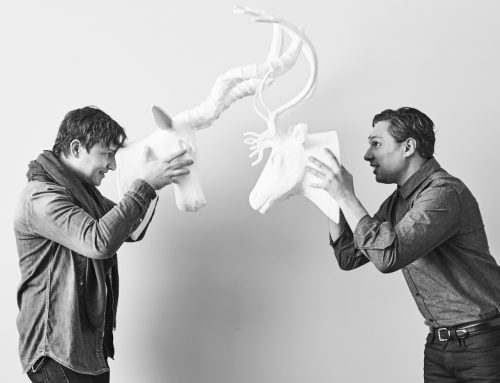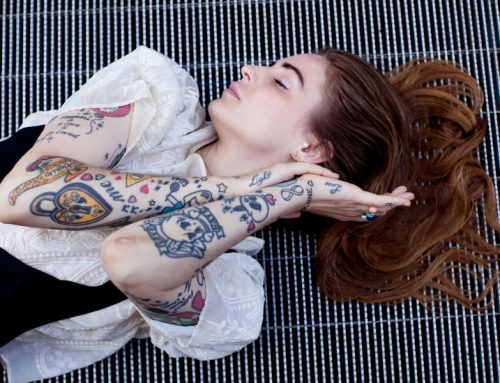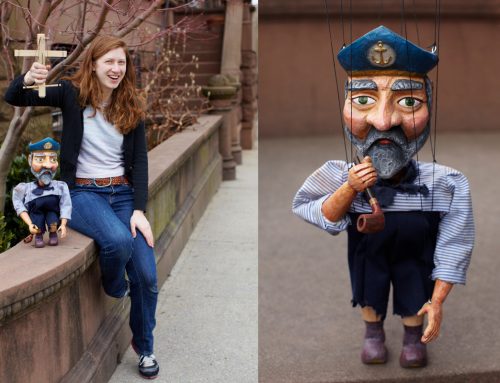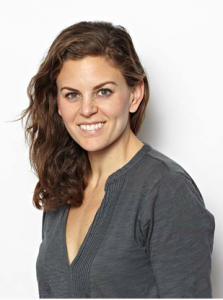Tell me a little bit about yourself, who you are, and where you are from.
I grew up in New England, but always wanted to come to NYC. I’ve been in NYC for 23 years. I was raised with an emphasis on being creative, but also being able to make a living at it, which has good and challenging aspects. My dad also told me to invent life, rather than endure it—which I think is a lovely sentiment. It opened up a sense of freedom and possibility. But, I’ve always been an artist that also works in a creative field. Each type of work inspires and fuels the other.
How do you describe yourself as a creative and the kind of work you do?
Drawing is my first love. I like the idea of the mysterious which can’t quite be revealed felt or expressed except through line, light, interaction of colors. I sometimes feel “jack of all trades, master of none!”
But, I like the diversity. I would love to be able to focus on one thing –but like the diversity of experience. And for a long time, I really enjoyed having a commercial audiences—mainly viewers of women’s magazines.
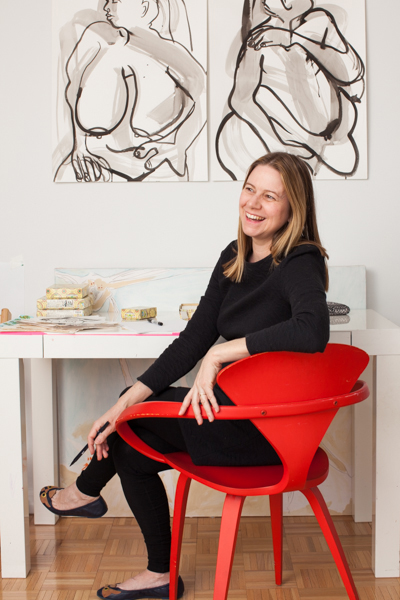
How did you get to where you are today? What has been your career path?
Hard work and perseverance.
I started our at an intern at YM magazine. I had several jobs during my first year in NYC. I worked at the magazine part time while I was an assistant to a fine artist and served as a chaperone for Ford Models. Through my work at Ford—mainly bringing the models on go-sees—I was able to get a good sense of the fashion industry and meet editors, photographers, etc. I moved up pretty quickly once I was hired full time, from assistant, to sittings editor, to senior fashion editor and ultimately worked as a photo director. Along the way, I would use my spare time to participate in art workshops, residencies and classes.
You often work on a large series at a time. Why do you work this way?
I like to work with a lot of images—sometimes space is limited, so when I can’t work large, I work in series. I also like to work quickly. I have a background in magazines—styling, producing, directing photo shoots, so I am used to thinking in terms of “stories” or series or images.
I like to do a bunch of drawings very quickly, look at them as a whole, move the parts around to compose a series—or edit to find a few images to use as starting point for other works. For paintings, I usually have some sort of phrase or word in mind that I use as a starting point. I like to layer images, obscuring some, highlighting others.
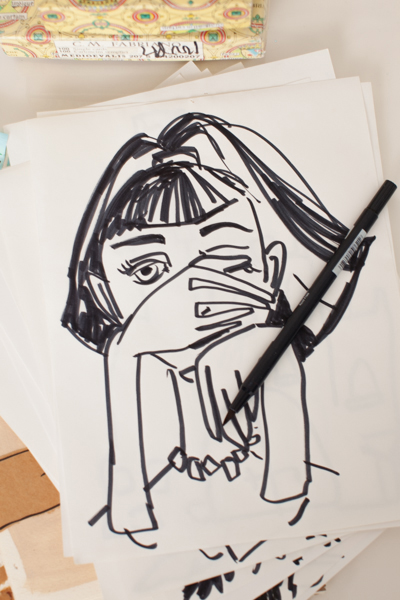
Has anything or anyone influenced your life, therefore gave you direction or helped steer you along on your professional path?
I’ve been taking workshops at SVA since I moved to the city. Professor Peter Hristoff has been particularly influential and inspirational. I love his “drawing marathons.” They are a great starting point for further exploration and are always infused with a bit of fashion and fantasy.
My first full time job in the city was working for Donald Robertson, who was then the creative director at YM. He oversaw all the creative aspects of the magazine—and also did wonderful illustrations on the side. He also would do drawings of co workers, etc. He was able to infuse that sense of fun and creativity into commercial work. I admired that.
Cindy Searight was also a long time friend and collaborator. She took several chances on me in terms of hiring me for work I had not done before—so I was able to grow and learn on the job. She was also great at being creative while managing a team of people, adhering to deadlines, etc. Doing well in publishing environment gave me freedom and confidence to do my own creative work. It also kept my visual skills sharp.
What are a few of your favorite projects that you’ve worked on and why?
In terms of magazine work, I loved being a fashion sittings editor at Mademoiselle. It was great to attend the collections in Paris. Great practice for sketching gestures and fabrics, and expressing visual ideas quickly. I also loved working with a team to create images on location on photo shoots. For photo editing, I loved being at Self magazine. I especially enjoyed conceptualizing, collaborating and working on still life shoots, which were often symbolic in nature and illustrated larger concepts.
Art-wise working on large scale ink , quick drawings really gets me going. Or doing a series of quick paintings based on word association often leads to further imagery and exploration of ideas—great way to work without editing oneself and it puts me in touch with what is going on “beneath the surface.”
What are you currently working on?
Starting a series of self portraits, like the ink drawings I have done in the past.
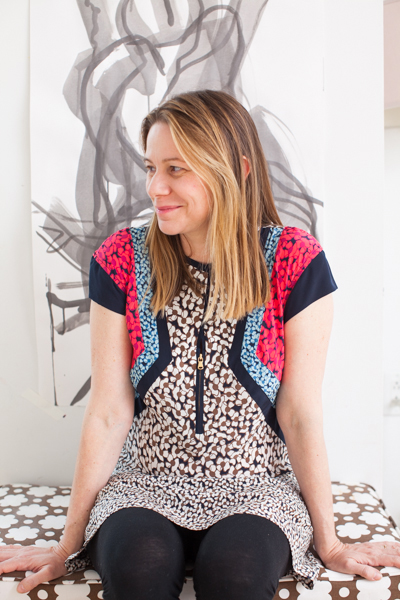
Your husband, a journalist, was kidnapped by the Taliban shortly after you got married. Did your creative work help you during this difficult time in your life?
I did very little creative work at this time—aside from overseeing photo shoots, as I continued to work at my day job while working for my husband’s release. (Our situation was kept out of the media).
I did one painting during the entire captivity—abstract airy piece inspired by three flowers a friend had given me as consolation. They dried out over the course of our ordeal and one day I decided to paint them. I never felt the painting was finished and never particularly liked it until recently. I think it reflected the uncertainty of situation and marked what felt like a long, disjointed period of time.
At the time, reality shows—“Real Housewives”—were newly popular, as was blogging. I remember thinking I’d have one hell of a housewives show if I took to the web! But, I did not. Instead, I kept notes in a journal. Drawing is always a source of discovery for me. Writing is a source of salvation—it helped me keep sane during a very challenging time.
I have not used any of the captivity experience in my visual work since then. But, I did share my story in a book co-authored with my husband, David Rohde called “A Rope And A Prayer. “
The experience left me with a profound sense of the resiliency of the human spirit. And a real appreciation for the miraculous—it’s amazing what people can survive and how quickly circumstances can change. It also broadened my sense of “what could possibly go wrong.”
Once your husband was safe at home, did your work change?
Not really. I was always a little embarrassed about the whimsical, ephemeral quality of my work—maybe it wasn’t’ deep enough, serious. After his return though, I was relieved and grateful to still be able to find the joy, whimsy in the work (and the world). To have gone through such an experience and maintained that ability was a strength, not a shortcoming. I also started to prioritize my art making a bit more, realizing in part that life is short, no time like the present—and I was inspired by my husband’s own passion for his work. He is a source of inspiration and encouragement for me.
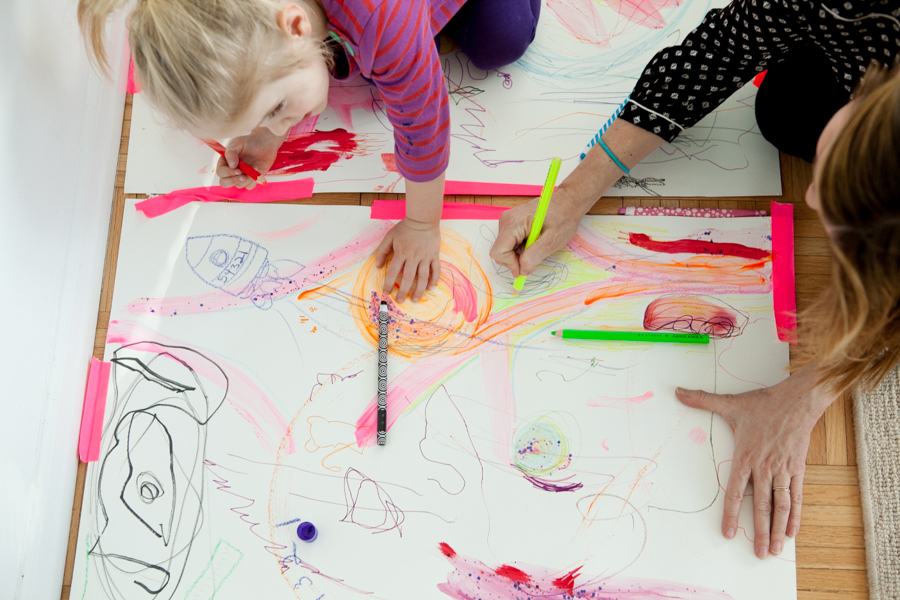
How has having a daughter affected your creativity?
We “collaborate” often. It’s great to see the way she just dives into the materials. I let her use some of my brushes, materials. And I am often inspired by some of her art supplies—Alex toys makes a great creamy crayon! And fluorescent pencils have crept into some of my work.
Where or when are you most creative?
I like to work in uninterrupted chunks of time—so a week long workshop or residency is ideal. I’ll go long periods of time without working, then completely indulge. Certain times of day are more productive for me: 11am, 4pm into the evening. I do admire when other artists have a routine—so, I’d like to try doing a painting or series of drawings a day going forwards.
What is your creative process for starting and conceptualizing a new project?
When I can’t think of anything to paint, I make color mandalas—series of small circle drawings, I fill in with paint colors of line. I often give each one a catch phrase. This loosens me up and keeps me from thinking too much. I have hundreds of these in storage from over the years!
Where do you get inspiration?
Sometimes it will be a phrase or an image—the light at certain times of day.
I also love poetry and juxtaposition of quirky imagery (in the written word or in every day life).
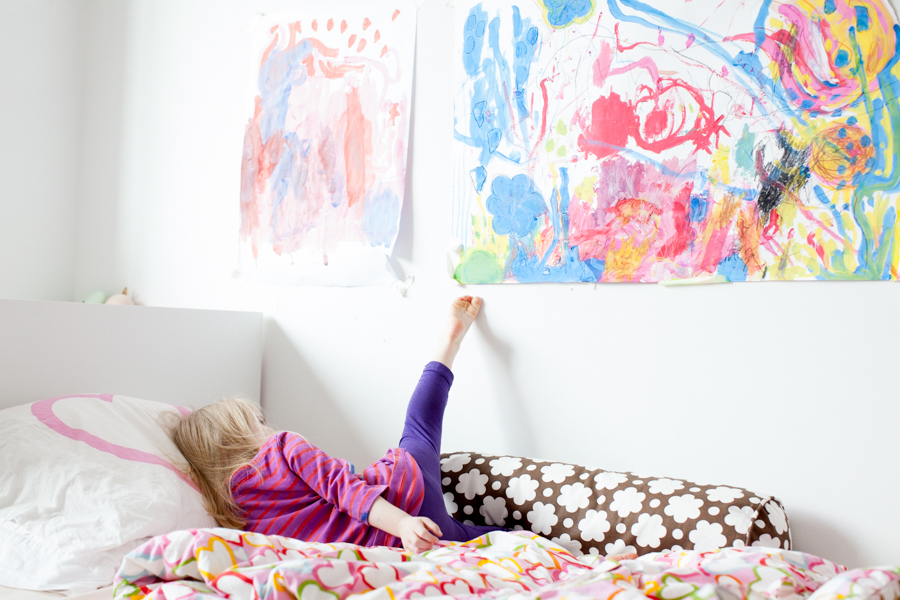
Any aspirations?
I’d like to do a children’s book—one that adults could appreciate as well. I like the work of Myra Kalman very much. Would love to work on visual diaries—based on personal experiences or other people’s biographies. Particularly older women. I am also interested in child development and art/literacy. So, learning more about this process on a developmental level and pairing it with my artistic abilities would be interesting
What are you creative plans or ideas for the future?
I might like to try photo editing or illustrating for a magazine other than a woman’s magazine—news magazine. Illustration. Although routine is tough for me (in terms of I forget to have one!).
Being a little more disciplined about my own work—creating on going assignments for myself i.e. doing a painting or two a day, taking ten minutes to draw each day. I am also interested in art and kids—their innate ability to express themselves and how that is cultivated(or stifled) over time. I think it might be fun to work with kids—teaching or more accurately “facilitating” creative experiences.
How do you define success? What has helped you to become successful?
I think being able to relish the moment. When I was younger getting paid to be creative was something I aspired to. Now, the act itself is the reward. And time is more precious to me than money. I do like the idea of entertaining, having an audience and sharing experiences. But, more inclined to stay true to my own voice these days and explore the interior, rather than pleasing a crowd. To be able to balance life, motherhood, work and art is something I aspire to.
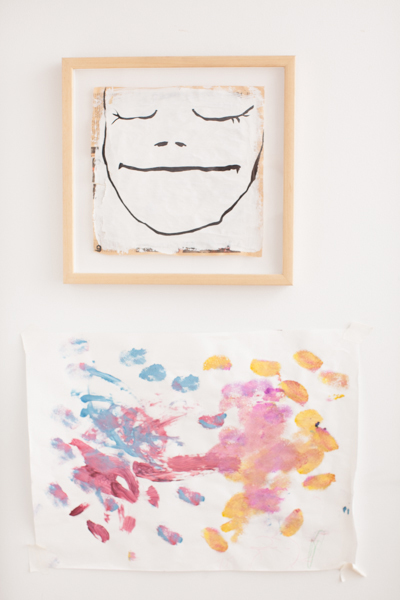
What is the best advice you’ve ever received in general, or about how to be more creative?
Suspend judgment. In terms of showing work –to think of sharing it, rather than showing it. A friend of mine who does performance and tech work phrased it this way. Here’s something cool and I want to share it with you—rather than presenting work.
There’s a distinction between this collaborative approach with a viewer and the judgment of presenting a work for show that I really like. Sentiment of sharing appeals to me and takes the pressure off.


